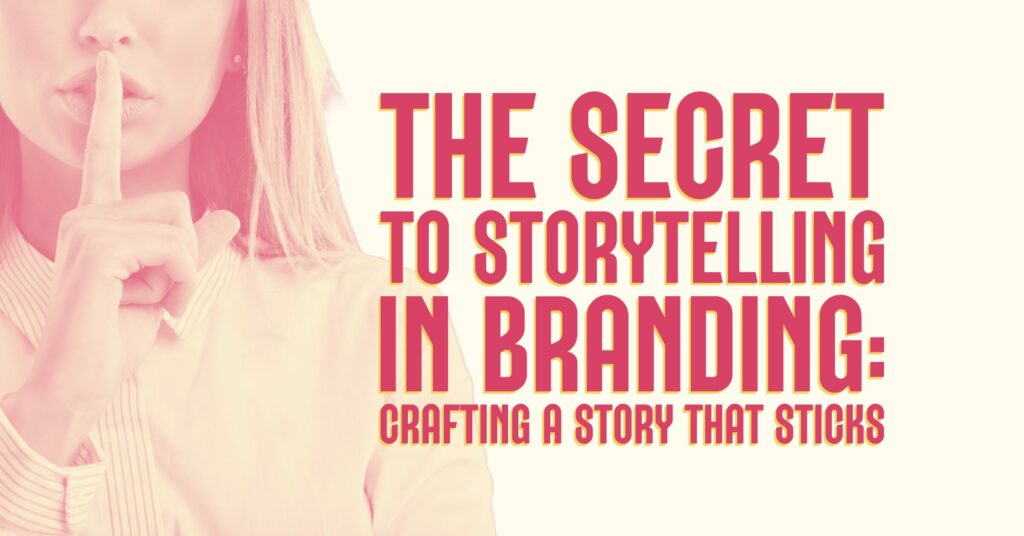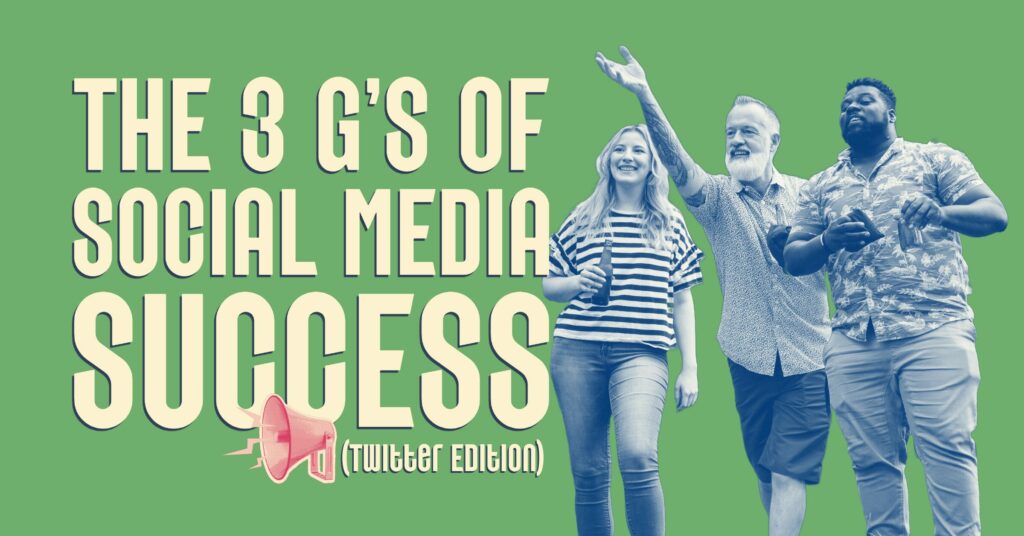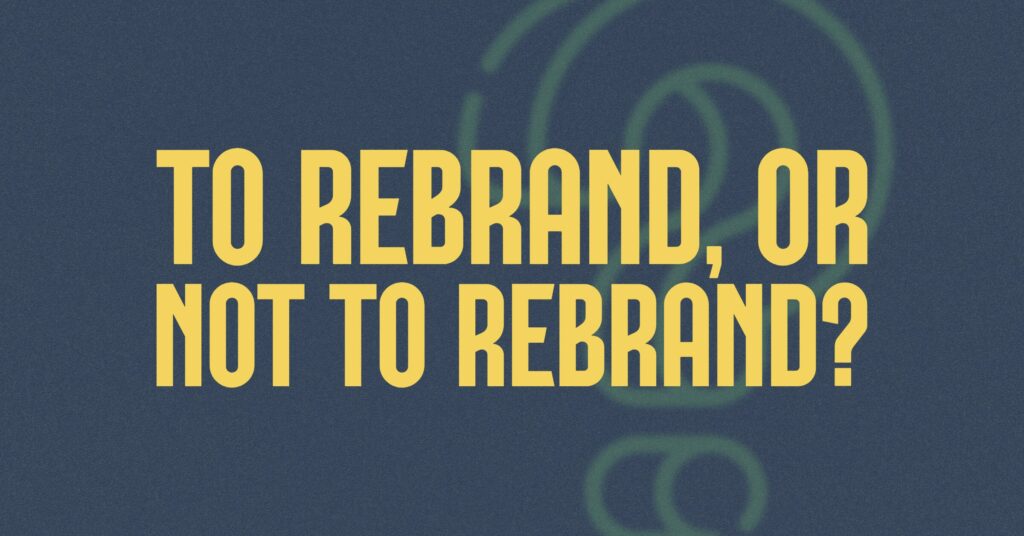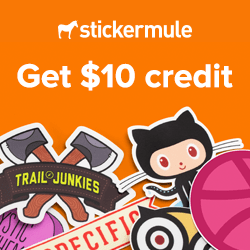Crafting a Story That Sticks
Storytelling in branding is a powerful tool, but not every story is told in a way that resonates. For small business owners, sharing your brand’s story means creating a meaningful connection with your audience through authentic and relatable moments. A well-told story humanizes your business and shows the values behind the logo, making it easier for people to trust and support you. Let’s explore how you can craft and share your brand’s story in a way that truly engages.
Why Storytelling Matters
Storytelling in branding works because humans are wired to connect with stories. A compelling narrative taps into emotions, making your business more memorable. Think about the brands you admire; it’s often their story that sets them apart. To illustrate this, on my Instagram, I love sharing sunsets and walks with my husband. These posts reflect my appreciation for the beauty of nature and the joy of spending time with family, offering a glimpse into my life as a small business owner. These personal moments help my audience see the person behind the brand and deepen their connection.
Similarly, on Facebook, I actively engage with local groups, sharing advice and connecting with others in my community. For other clients, like Grace Concierge, we’ve created a Facebook group to build an active community and encourage interaction. What works for one business might not work for another, but finding ways to authentically share your story is key to creating that connection. For small business owners, this honesty is essential; people want to support businesses run by real people with genuine stories.
Key Elements of Storytelling in Branding
A great brand story captures the essence of the journey by focusing on the challenges, turning points, and passion that define your business. These moments build a narrative your audience can relate to and connect with. However, not everyone has access to endless original content. For example, when we worked with BRAEGS, narrowing their audience to CEOs who want fast growth and a luxurious lifestyle gave us a clear direction for their blog strategy and imagery. By aligning their story with the audience’s needs, we crafted a narrative that resonated upon website load.
Storytelling in branding can happen through a single piece of media, like a compelling video, or across multiple touchpoints, such as blogs, social media, and email campaigns. The key is consistency, ensuring each piece builds upon the others to reinforce your message. For instance, a brand’s blog might dive into their founding story, while social media showcases behind-the-scenes moments that make that story come to life.
Your story should reflect your mission and values while staying focused on the audience you serve. To share your journey effectively, consider the types of content that resonate most with your audience. A heartfelt Instagram post, a detailed case study, or a series of emails sharing client success stories are all ways to communicate your brand’s story. Instead of trying to share every detail, focus on key moments that illustrate why you’re passionate about what you do and how your journey can inspire your audience.
Crafting a Story That Resonates
Start by identifying your audience. Who are they, and what do they care about? Knowing your audience’s needs and values ensures your story connects with them. Next, reflect on the defining moments of your business: the obstacles, the wins, and the lessons learned along the way. These moments build a story that’s both authentic and inspiring.
Structure your story in a way that’s easy to follow: introduce the challenge, show the journey, and highlight the transformation. For instance, if you’re an artisan baker, you might share how you turned a childhood passion into a thriving local business, weaving in the values that set you apart, like sustainability or supporting local farmers.
Sharing Your Story Across Platforms
Storytelling in branding begins with crafting the narrative and continues with sharing it in ways that effectively connect with your audience. Controversially, you don’t have to be everywhere all at once. Focus on the platforms where your audience spends the most time. If your customers are active on Instagram, share glimpses of your day-to-day work, behind-the-scenes moments, or posts that showcase your personal values in action. On LinkedIn, your story might take a more professional tone, emphasizing your business journey and achievements.
Consistency matters. While the tone and format may change slightly across platforms, the core message should remain the same. This ensures that no matter where your audience finds you, they get a cohesive and authentic view of your brand. Admittedly, consistency is something I continue to struggle with while juggling multiple projects at once–check back in a year to see how I’m growing in this department!
Building Community Around Your Story
Your story doesn’t exist in a vacuum; it’s part of a larger conversation with your customers and community. Encourage engagement by inviting your audience to share their own stories or how your products or services have impacted them. Testimonials, reviews, and user-generated content not only add credibility but also expand the narrative beyond your own voice.
For small businesses, referrals and word-of-mouth remain some of the most powerful tools for growth. Sharing your brand’s story in collaboration with others through customer features or partnerships helps create a sense of community and fosters loyalty.
Conclusion
Sharing your brand’s story is about more than marketing; it’s about building a lasting and trustworthy connection. By being authentic, understanding your audience, and focusing on key moments that define your journey, you can craft a narrative that resonates. When shared consistently across platforms and with the involvement of your community, your story becomes a powerful tool for building trust and loyalty.
Ready to share your brand’s story? Let’s work together to bring it to life.
